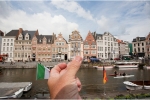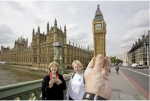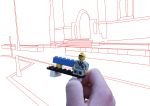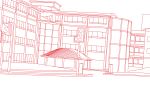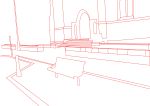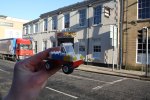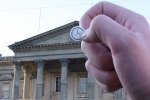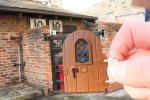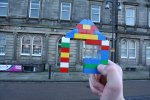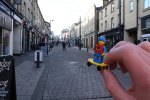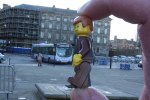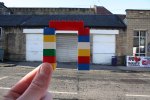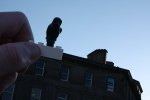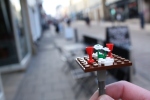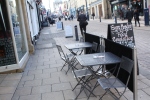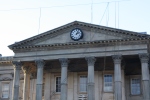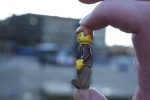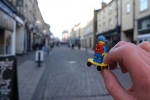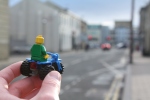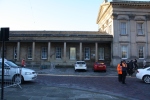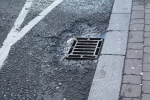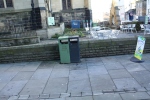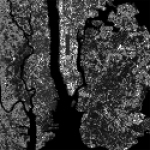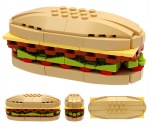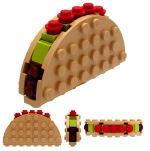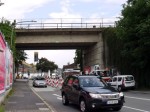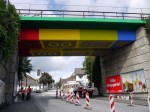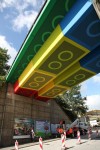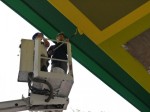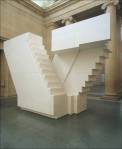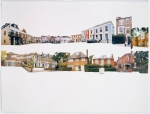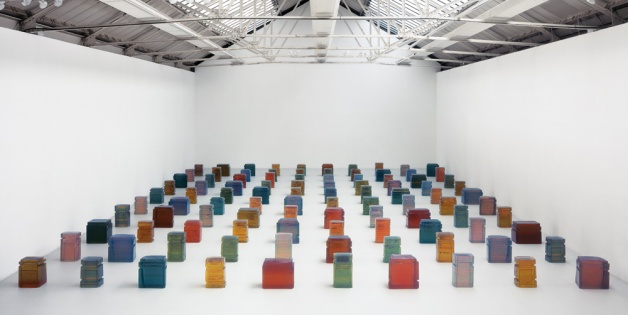What am I doing?
I am going to use the Lego as a simplistic medium to show the basic shape, line, and form of the streets. I aim to show how the streets are made up of simple shapes and structures to form what we live in using minimalism as my approach.
I chose these images from my selection to transform as I felt these best showed the basic shape and form of the streets, I also chose this selection for the variety of objects, structures, and shapes presented, allowing for me to better show and explain the idea of shape, form and line in the streets.
I created these images by inserting each photograph into Adobe Illustrator, I then went round all the dominant shapes of the image using the pen tool to create lines. The end result of this process is a series of these images minimalistic styled illustrations.
Form – is an element of art. At its most basic, a form is a three-dimensional geometrical figure (i.e.: sphere, cube, cylinder, cone, etc.), as opposed to a shape, which is two-dimensional, or flat.
In a broader sense, form, in art, means the whole of a piece’s visible elements and the way those elements are united. In this context, form allows us as viewers to mentally capture the work and understand it.
Shape – the quality of a distinct object or body in having an external surface or outline of specific form or figure.
Shape pertains to the use of areas in two dimensional space that can be defined by edges, setting one flat specific space apart from another. Shapes can be geometric or organic, I will be concentrating on geometric shapes as the urban surfaces, structures and features are what I will be looking at. Shapes are defined by other elements of art: Space, Line, Texture, Value, Color, Form.
Line – a mark or stroke long in proportion to its breadth, made with a pen, pencil, tool, etc., on a surface: a line down the middle of the page.
Line is perhaps the most basic element of drawing. I aim to achieve a simplistic view of the streets to demonstrate that our urban environment is made simple.
Inspiration and influences
- Rachel Whiteread – her works are one of the influences that pushed me toward looking at shape as she demonstrates shape and space is an different way in her work, One Hundred Spaces in particular made me push the Lego idea forward.
- Clair Rollet – during one of my group tutorials I was recommended by my tutor to look at Claire Rollet’s illustration, based on my pixel experiment. Her designs are the main influence on my own work for this, this is clearly evident but in a digital medium.
- Forced perspective photography – whilst focusing on photography and anamorphosis, I was intrigued by the use of forced perspective and how it was implemented to make normal mundane things seem exciting and unreal. I wanted to some how use the technique in my own work, and have successfully done so with Lego and an urban environment.
- Aakash Nihalani – his work uses a combination of anamorphosis, line, and shape to create his unique pieces, this use of line and shape led me to further interest on the topics. His use of tape to outline urban surfaces influenced me to take the route of outlinining surfaces also, but in my case I have done this digitally.
- Brian Lowell – his Lego Realism creations inspired me to create my very own lego realistic creations, but to make them relevant to my subject matter. He created food and objects purely out of lego, I created urban subjects and implemented them into the real streets.
- Megx – his giant Lego bridge creation inspired me to further carry out my Lego idea, this is also what made me choose a bridge in my photography work.
- Pablo Picasso – I saw Picasso’s lithograph series Bull in a restaurant one night, I then searched for it online to find it was demonstrating minimalism by dissecting an image of a bull to discover the essential presence through a progressive analysis of its form. I saw this piece and linked it to Claire Rollet’s illustrations which are simple and minimal in the sense her work primarily uses lines, so this piece inspired me to create my basic shape city illustrations.

Image from here



